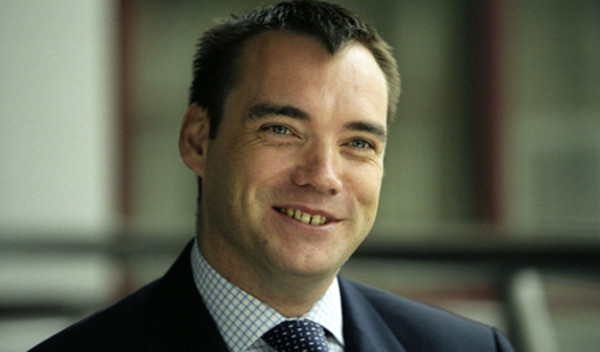

An adviser has warned that costs of regulation for smaller firms could exceed 20 per cent of total income, as the Association of Professional Financial Advisers launches the second annual advice industry survey to ascertain the cost of regulation.
Apfa’s previous research found that, in 2013, smaller firms spent on average 12 per cent of their income on direct and indirect regulatory costs - 3 per cent on direct fees and levies and 9 per cent on indirect costs.
This meant that in total the sector spent an estimated £460m on regulation, with the average client paying approximately £170 per year towards the cost of Financial Conduct Authority rules and requirements.
Carl Lamb, managing director at Almary Green, told FTAdviser that last year’s 12 per cent figure was conservative, “if you also add in management time with regards to putting the data together and then implementing the various rules and regulations that we abide to”.
“For smaller firms I would not be surprised if this figure eventually exceeds 20 per cent,” he added.
Money Wise IFA founder and managing director Malcolm Coury, explained his firm spends around 10 per cent of income on compliance, with FCA fees adding on another 3 per cent.
“All in all it’s stifling the business’s ability to make any sensible profit. The fact that the Treasury redirected the FCA fines money to ‘good causes’ since April 2012 has had a very damaging effect on the advice sector - the unfairness of it is that lower risk firms are bearing a might burden for wrongdoers.
“On top of this we’ve seen our PII double in recent years and the insurers significantly raising excesses, running scared of potential claims and excluding certain types of business once covered.”
Simon Linstead, managing director of Nurture Financial Planning, said that having done the analysis for his firm last week, their regulatory costs were just under 15 per cent.
Last month, FTAdviser revealed that advisers have seen total regulatory fees and levies jump by at least 50 per cent with one adviser stating his bill had increased by an astounding 400 per cent.
The main driver of advisers’ bill jump was the Financial Services Compensation Scheme levy.
In April, the FSCS revealed that pension and life intermediaries would be stung with a maximum £100m levy, a 75 per cent increase than that which was expected when the FSCS gave its levy indication earlier this year and three times last year’s bill.
This is driven by unregulated investments wrapped into self-invested personal pensions.
Previously, Leslie Sharpe, managing director at Clairville York Financial Advisers, told FTAdviser, his total bill was £20,711, an 80 per cent jump on last year. The FSCS levy had jumped 87 per cent in the last year to around £17,297.
Chris Hannant, Apfa’s director general, warned that advisers’ cost burden inevitably gets passed onto clients in the form of higher fees, meaning that financial advice is increasingly becoming the sole preserve of the wealthy.
“In a year which has seen recent increases in the levies placed upon advisers for the FSCS and FCA, as well as changes to Mifid II and elsewhere, it is vital that we have reliable and up-to-date figures on the true cost of FCA supervision to properly hold the FCA to account.”
He noted the recent launch of a joint government and regulatory review into the ‘advice gap’, aiming to ensure more consumers can access affordable advice in the wake of the recent pension freedoms.
“We appreciate that people will need to collect the information required for the survey, but with HM Treasury and the FCA seemingly in ‘listening mode’ with the financial advice market review, we strongly urge the industry to get involved,” Mr Hannant added.
Harry Katz, a consultant at HA7 Consulting, warned off making “broad brush assumptions”, pointing out that different advisers might include - or not include - outsourced compliance, time taken to fill in regulatory forms, or CPD.
“I know that my own direct regulatory costs worked out at about a 6 per cent average, but then I would guess that what I consider indirect costs were considerably lower if time taken was not included.
“Basically I wasn’t happy with the costs but took the view that it did help to keep the sector somewhat elite. If you couldn’t afford the ticket you couldn’t play – and that to me was an advantage.”
peter.walker@ft.com
Additional reporting by Donia O’Loughlin



